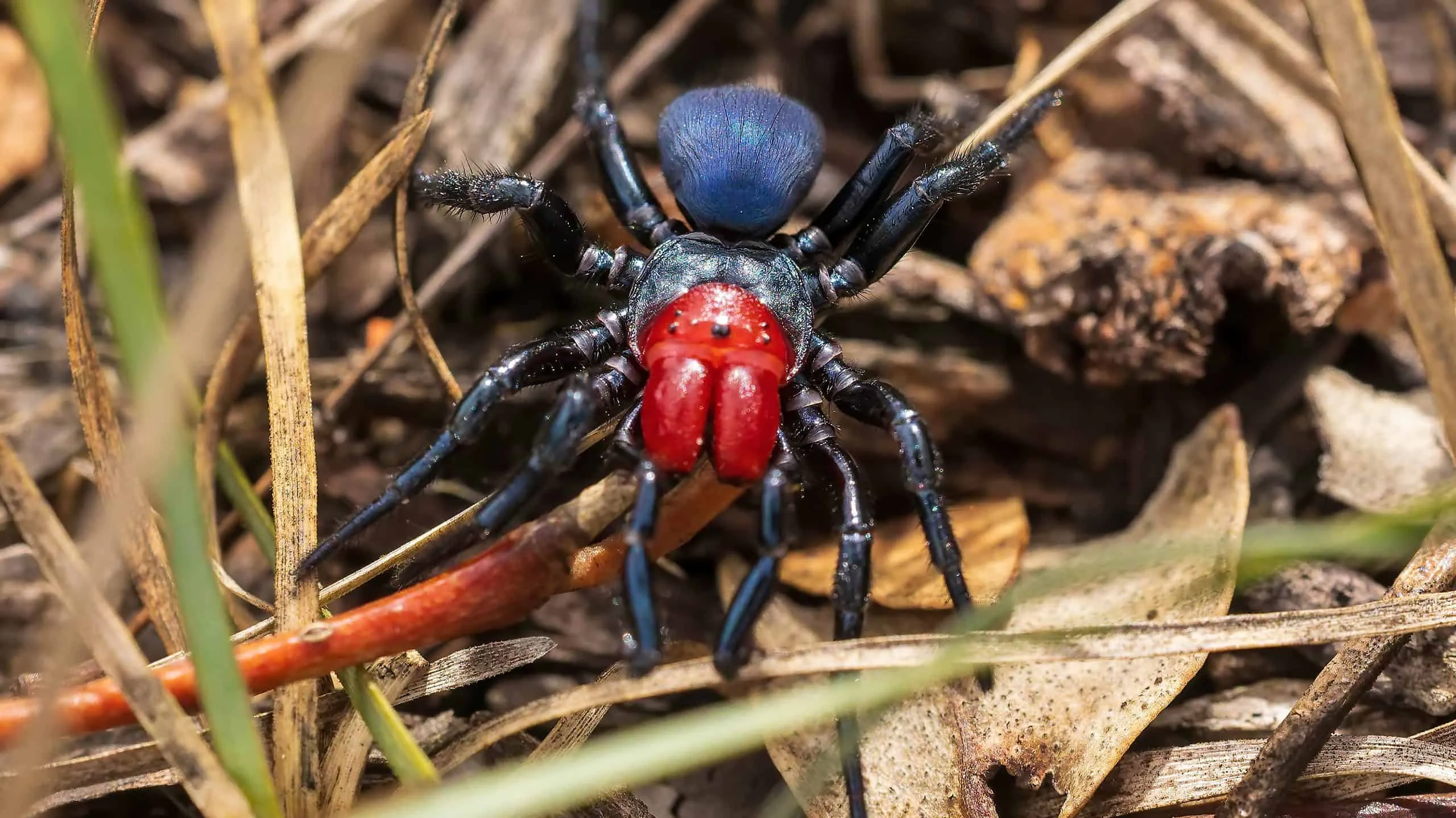Mouse Spider vs Tarantula Understanding the Basics
Identifying spiders can be a daunting task, especially when faced with two formidable arachnids like the mouse spider and the tarantula. Both are often feared, and for good reason, but understanding their differences is key to appreciating these fascinating creatures and ensuring your safety. This guide will provide a detailed comparison, helping you differentiate between these spiders based on their physical characteristics, habitats, and behaviors. We’ll delve into the specific features of each, offering clear distinctions to assist you in identifying them accurately. Learning the differences between a mouse spider and a tarantula is more than just a matter of curiosity it’s essential for anyone living in or visiting areas where these spiders are found. Proper identification can influence your approach to these spiders and help to understand the potential dangers and necessary precautions.
What is a Mouse Spider
Mouse spiders, despite their name, are not actually related to mice. The name comes from their appearance, which is a bit similar to a mouse. They are ground-dwelling spiders that belong to the family Missulena, native primarily to Australia. These spiders are known for their potent venom and can deliver a painful bite if provoked. They are generally dark in color, often black or dark brown, and have a robust build. Mouse spiders are burrowers, constructing deep silk-lined burrows in the ground where they ambush prey. Their relatively large size and formidable fangs contribute to their predatory prowess. There are several species of mouse spiders, and their characteristics vary slightly depending on the specific type and geographic location.
Physical Characteristics of Mouse Spiders
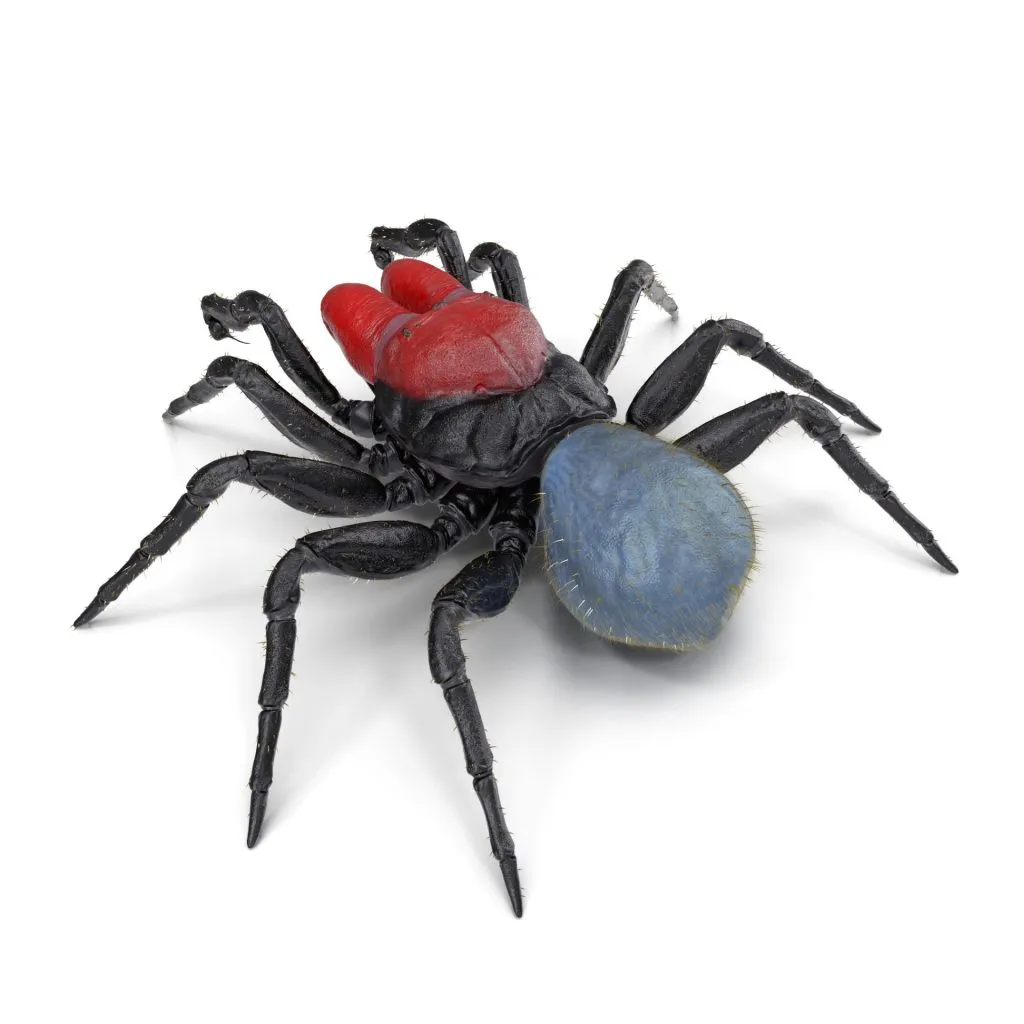
Mouse spiders are typically medium to large in size, with females being larger than males. They have a compact body shape, with a cephalothorax (the fused head and thorax) and an abdomen. Their legs are relatively thick and strong, well-suited for burrowing. A notable characteristic is their large, powerful fangs (chelicerae), which they use to deliver venom. The color of mouse spiders varies depending on the species, but they are generally dark, ranging from black to dark brown. Their appearance is quite distinctive, especially when compared to other spiders. The overall appearance of a mouse spider is that of a robust, powerful arachnid built for ambush predation.
Habitat and Behavior of Mouse Spiders
Mouse spiders construct burrows, which can be quite deep, often reaching down into the soil. These burrows are lined with silk and usually have a hinged door. They are ambush predators, lying in wait within their burrows for prey to come close. When an insect or other small animal ventures near the entrance, the spider will quickly strike. Mouse spiders are generally solitary creatures, only coming together during mating season. Males often roam in search of females, which can lead to encounters with humans. While mouse spiders are not aggressive, they will bite if threatened or disturbed. Their venom can be medically significant, particularly for children and the elderly.
What is a Tarantula
Tarantulas are large, hairy spiders belonging to the Theraphosidae family. They are found in various habitats worldwide, primarily in tropical and subtropical regions. Tarantulas are known for their imposing size and often dramatic appearances. They are generally not considered highly dangerous to humans, although their bite can be painful, and some species have urticating hairs that can cause skin irritation. Tarantulas are popular in the pet trade due to their relatively docile nature and impressive size. These spiders come in a wide array of colors and patterns, making them visually striking.
Physical Characteristics of Tarantulas
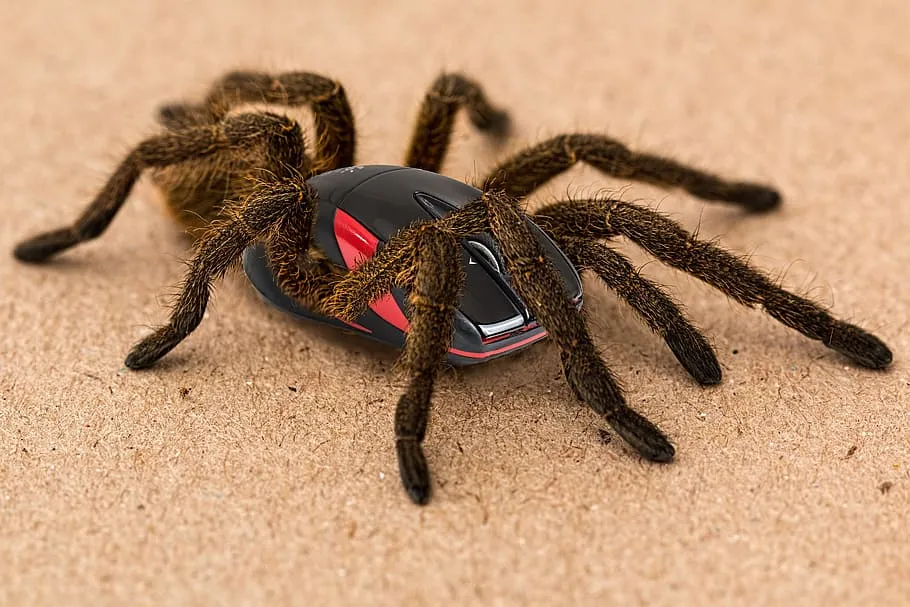
Tarantulas are characterized by their large size, often with leg spans exceeding several inches. They have a hairy or furry appearance, with a cephalothorax and an abdomen. Their legs are long and robust, and they have prominent fangs. The color of tarantulas varies greatly depending on the species, ranging from browns and blacks to vibrant blues, oranges, and yellows. Many species have distinct patterns and markings. Tarantulas also possess urticating hairs on their abdomen, which they can flick at potential threats. These hairs are a defense mechanism that can cause skin irritation and discomfort in humans.
Habitat and Behavior of Tarantulas
Tarantulas can be found in diverse habitats, including burrows, under rocks, and in trees, depending on the species. Some are ground-dwelling, while others are arboreal. They are generally nocturnal hunters, feeding on insects, small vertebrates, and occasionally other spiders. Tarantulas are ambush predators, using their keen senses to detect prey. They are not aggressive spiders but will bite if provoked. Tarantulas have a relatively long lifespan, with females living for many years. They are solitary creatures, except during mating. Their behavior varies considerably, with some species being more docile than others.
Key Differences Mouse Spider vs Tarantula
Size and Appearance
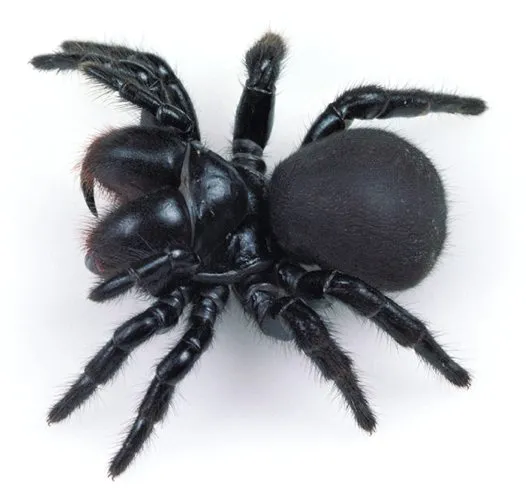
Mouse spiders are generally smaller than tarantulas, though some large female mouse spiders can be quite substantial. The key difference lies in their overall appearance. Mouse spiders have a more compact and robust build, with a dark, often glossy, carapace. Tarantulas are characterized by their large size and hairy or furry bodies. Their colors are often brighter and more varied than those of mouse spiders. The presence of urticating hairs is another key distinguishing feature of tarantulas, which mouse spiders lack. In general tarantulas are bigger and hairy whereas mouse spiders are smaller and glossy.
Venom and Bite
Both mouse spiders and tarantulas possess venom, but the potency and effects differ. Mouse spider venom is considered medically significant and can cause serious symptoms in humans. Their bite is quite painful and can lead to systemic effects. The venom of most tarantulas, on the other hand, is generally not considered highly dangerous to humans. While a tarantula bite can be painful, it rarely causes severe reactions. The primary defense mechanism of many tarantulas is the use of urticating hairs, which can cause irritation rather than venomous effects. Always seek medical advice if bitten by any spider.
Geographical Location
The geographical distribution of mouse spiders and tarantulas also helps differentiate them. Mouse spiders are primarily found in Australia. Their range is limited to specific regions. Tarantulas, however, have a much wider distribution. They are found in various regions worldwide, including the Americas, Africa, Asia, and parts of Europe. If you are in Australia, you’re more likely to encounter a mouse spider. If you’re in North or South America, Asia, or Africa, a tarantula is more likely. Knowing the geographical location immediately narrows down the possibilities.
Habitat and Lifestyle
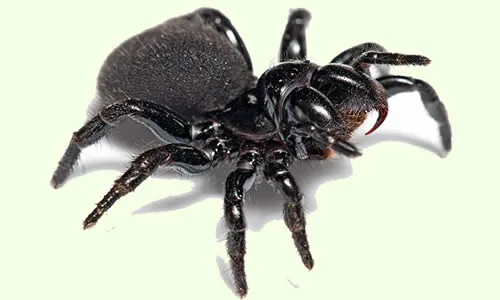
Mouse spiders are ground-dwelling spiders that construct deep burrows in the soil. They are ambush predators, waiting for prey near the entrance of their burrows. Tarantulas, on the other hand, exhibit diverse lifestyles. Some are also ground dwellers, living in burrows, while others are arboreal, living in trees or under rocks. Their habitat and lifestyle preferences often vary. Mouse spiders are generally solitary, only coming together for mating. Tarantulas also tend to be solitary, with males sometimes venturing out in search of mates. These differences in habitat and behavior contribute to their distinct ecological roles.
How to Identify Each Spider
Identifying a Mouse Spider
When identifying a mouse spider, look for a dark-colored, robust spider with a compact body. Note the size, as they are generally medium to large. Examine the chelicerae (fangs), which are relatively large and powerful. Check the habitat - are you in Australia, and are you seeing a burrow in the ground? If you can, try to observe the spider’s behavior, such as whether it is sitting in wait. Consider the overall shape and color; mouse spiders tend to have a glossy appearance. Be cautious and avoid getting too close. Do not attempt to handle the spider, as their venom is potent.
Identifying a Tarantula
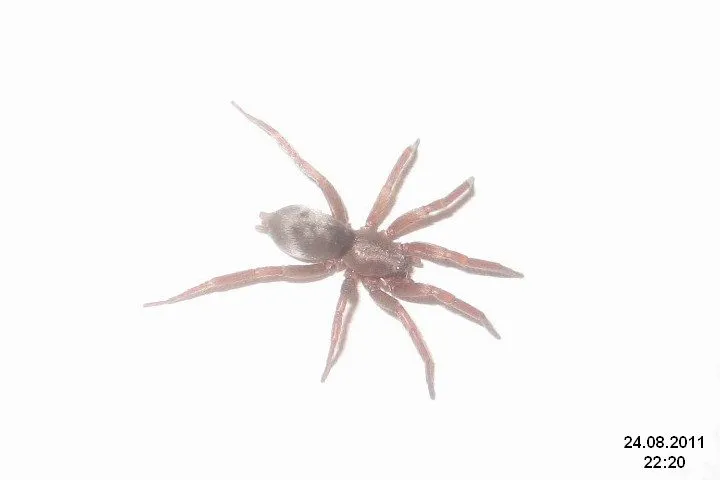
Identifying a tarantula involves looking for a large, hairy spider. Note its size and the presence of long legs. Examine the color and any patterns, which can vary greatly. Check for the presence of urticating hairs on the abdomen. Observe the habitat; tarantulas can be found in burrows, under rocks, or in trees, depending on the species. Consider the geographic location, as tarantulas have a wide distribution across many regions. Note the overall behavior; are they relatively docile or defensive? When in doubt, it’s best to err on the side of caution and avoid close contact. Take photos from a safe distance to get better details. Remember to appreciate these magnificent spiders from a distance.
Where to Find Mouse Spiders and Tarantulas
Mouse Spider Habitats
Mouse spiders are primarily found in Australia. They prefer habitats with moist, loamy soils where they can construct their burrows. Look for them in grasslands, woodlands, and forests. You might spot their burrows in gardens and backyards in some areas. Their presence often indicates undisturbed ground where they can safely build their homes. Be especially cautious in areas known for mouse spider activity. Be aware of the seasons and times of day when these spiders are most active.
Tarantula Habitats

Tarantulas can be found in a diverse range of habitats across the globe, including North and South America, Asia, Africa, and parts of Europe. They inhabit tropical and subtropical regions. The habitat preferences vary among species. Some are ground dwellers, constructing burrows in the soil. Others are arboreal, living in trees, while still others live under rocks or in other sheltered locations. When identifying tarantulas, it is important to consider the geographic location. Observe the surrounding environment to determine if it is suitable for tarantula habitation.
Safety Precautions and What to Do if Bitten
First Aid for Mouse Spider Bites
If bitten by a mouse spider, seek immediate medical attention. The venom can cause serious symptoms. Apply a cold compress to the bite area to reduce pain and swelling. Keep the victim calm and still, and try to immobilize the bitten limb to slow the spread of the venom. Monitor for symptoms such as muscle spasms, nausea, and difficulty breathing. Provide reassurance and transport the victim to the nearest hospital or medical facility as quickly as possible. Prompt medical treatment is crucial for managing the effects of the venom. Be sure to identify the spider if possible.
First Aid for Tarantula Bites
Tarantula bites are generally not as dangerous as mouse spider bites, but they can still be painful and cause local reactions. If bitten by a tarantula, clean the bite area with soap and water. Apply a cold compress to reduce pain and swelling. Monitor for any signs of allergic reaction, such as difficulty breathing or swelling. Seek medical attention if symptoms worsen or if there are any concerning signs. If a tarantula flicks its urticating hairs, wash the affected area thoroughly with soap and water. Avoid rubbing the area, as this can drive the hairs deeper into the skin. Applying adhesive tape can also help remove the hairs.
Conclusion
Understanding the differences between mouse spiders and tarantulas is essential for anyone who lives in or visits regions where these spiders are found. By learning about their physical characteristics, habitats, and behaviors, you can better identify them and take appropriate safety precautions. Mouse spiders and tarantulas, though often feared, are fascinating creatures playing their roles in the ecosystem. By educating yourself on these spiders, you can replace fear with respect, and appreciate the diversity of life on our planet. Always prioritize safety by observing spiders from a distance, and never attempt to handle any spider unless you are experienced and knowledgeable.
